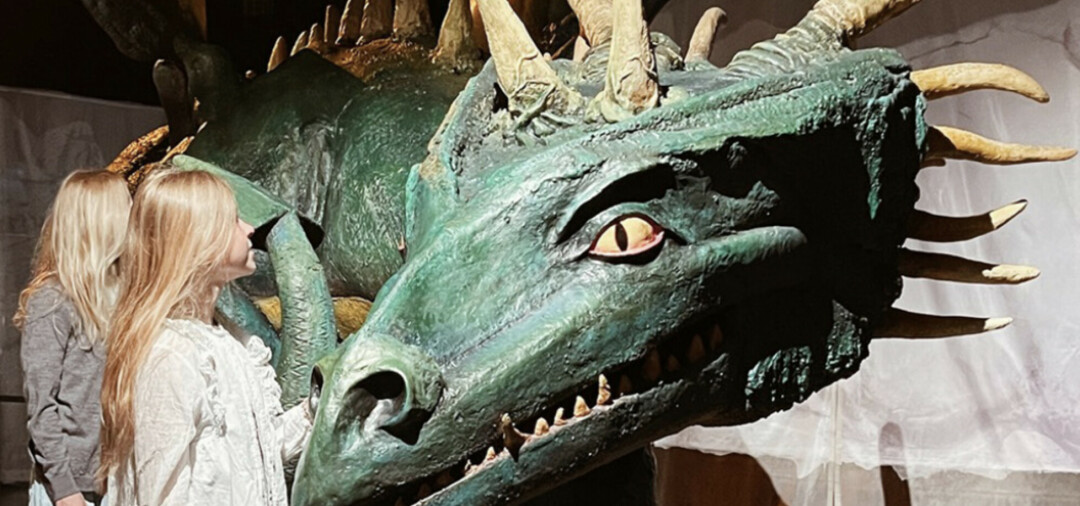Museum of the Rockies to host ‘Dragons, Unicorns and Mermaids: Mythic Creatures’

BOZEMAN – Montana State University’s Museum of the Rockies will host the "Dragons, Unicorns and Mermaids: Mythic Creatures" exhibition from May 24 to Jan. 5, featuring models and replicas of preserved specimens from the American Museum of Natural History and other museums’ collections, as well as cast fossils of prehistoric animals.
The exhibit features a 120-foot-long Chinese parade dragon used in New York City's Chinatown for the traditional dragon dance during the Lunar New Year and a replica “Feejee mermaid” made famous by showman P. T. Barnum. Also on display will be four “life-size” models of mythical creatures, including a 17-foot long dragon with a wingspan of 19 feet; a 10-foot long unicorn; an 11-foot-long roc, which is an enormous bird of prey in Middle Eastern mythology, with large, sharp talons with a wingspan of nearly 20 feet; and a kraken, whose 12-foot tentacles rise out of the exhibition floor. Also part of the exhibit are two “life-size” models of extinct species, including a primate called Gigantopithecus and the Aepyornis, the largest bird ever to have lived.
“Dragons, Unicorns and Mermaids: Mythic Creatures” is included with membership or general admission and is open daily from 9 a.m. to 5 p.m. through Jan. 5. Museum members will enjoy a special preview on May 23 at 6 p.m. On Saturday, May 25, with paid general admission, all are invited to come dressed as a mythic creature to enjoy family-friendly activities and view the exhibit. Learn more and plan your visit at museumoftherockies.org.
This exhibition was organized by the American Museum of Natural History in New York in partnership with the Australian National Maritime Museum, the Canadian Museum of History, the Fernbank Museum of Natural History in Atlanta and The Field Museum in Chicago.
The American Museum of Natural History, founded in 1869 with a dual mission of scientific research and science education, is one of the world’s preeminent scientific, educational, and cultural institutions. The Museum encompasses more than 40 permanent exhibition halls, galleries for temporary exhibitions, the Rose Center for Earth and Space including the Hayden Planetarium, and the Richard Gilder Center for Science, Education, and Innovation. The Museum’s scientists draw on a world-class permanent collection of more than 34 million specimens and artifacts, some of which are billions of years old, and on one of the largest natural history libraries in the world. Through its Richard Gilder Graduate School, the Museum offers two of the only free-standing, degree-granting programs of their kind at any museum in the U.S.: the Ph.D. program in Comparative Biology and the Master of Arts in Teaching (MAT) Earth Science residency program. Visit amnh.org for more information.